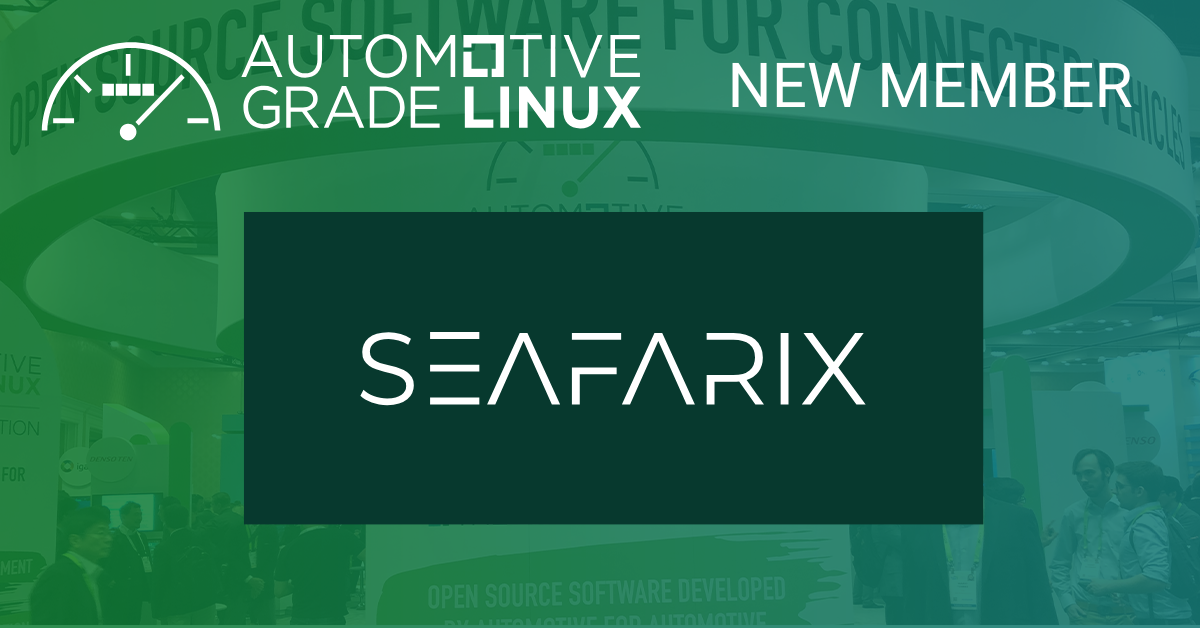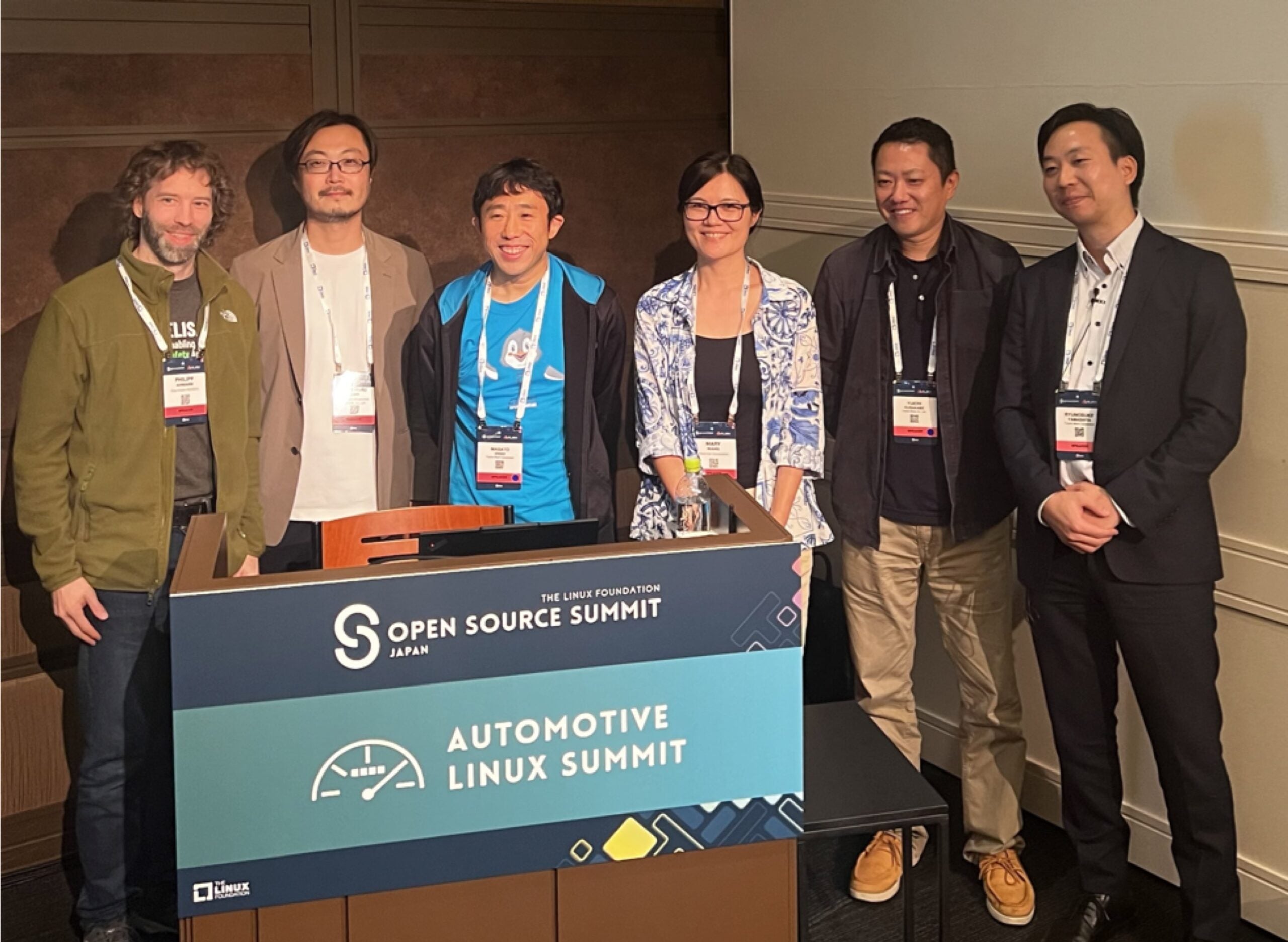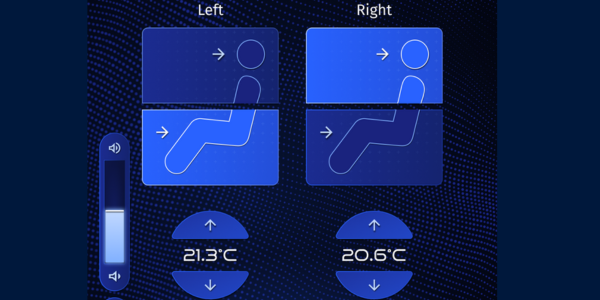SAN FRANCISCO, December 22, 2017 – Automotive Grade Linux (AGL), a collaborative cross-industry effort developing an open platform for the connected car, today announced that the latest release of the AGL infotainment platform, Unified Code Base (UCB) 5.0, will be available later this month and on display at CES 2018 along with more than 20 other AGL demos by member companies. Automotive Grade Linux is an open source project hosted at The Linux Foundation.
“AGL has gained a tremendous amount of traction this year as the leading open source automotive infotainment platform. This is clearly reflected by the number of participants that will be demonstrating AGL-based products and services at CES 2018 in the AGL Ballroom.” said Dan Cauchy, Executive Director of Automotive Grade Linux at The Linux Foundation. “We are very excited to showcase a variety of AGL use cases that our members have developed at CES.”
Developed through a joint effort by dozens of member companies, the AGL Unified Code Base (UCB) is an open source infotainment platform that can serve as the de facto industry standard. Sharing a single software platform across the industry reduces fragmentation and accelerates time-to-market by encouraging the growth of a global ecosystem of developers that can build a product once and have it work for multiple automakers.
Many AGL members have already started integrating the UCB into their production plans, such as Toyota. Announced earlier this year, the 2018 Toyota Camry with Entune 3.0 is the first Toyota vehicle on the market with an AGL-based infotainment system in the United States.
The AGL UCB 5.0 includes an operating system, middleware and application framework. Key features include:
- Reference applications including media player, tuner, navigation, web browser, Bluetooth, WiFi, HVAC control, audio mixer and vehicle controls
- Integration with simultaneous display on instrument cluster
- Multiple display capability including rear seat entertainment
- Wide range of hardware board support including Renesas, Qualcomm Technologies, Intel, Texas Instrument, NXP
- Software Development Kit (SDK) with application templates
- SmartDeviceLink ready for easy integration and access to smartphone applications
- Application Services APIs for navigation, voice recognition, bluetooth, audio, tuner and CAN signaling
- Near Field Communication (NFC) and identity management capabilities including multilingual support
- Over-The-Air (OTA) upgrade capabilities
- Security frameworks with role-based-access control
With the UCB platform maturing, AGL has expanded beyond infotainment and work is currently underway to develop software profiles using the UCB for telematics, instrument cluster and heads-up-display (HUD). The AGL roadmap also includes advanced driver assistance systems (ADAS), functional safety and autonomous driving in the future.
Automotive Grade Linux at CES 2018
With more than 110 members, AGL is supported by a broad ecosystem of automakers, suppliers, semiconductor companies and software and service providers. Many of these members have integrated AGL into their demonstrations at CES 2018.
As an official CES 2018 exhibitor, AGL will have a dedicated AGL ballroom in The Venetian, Lido 3002-3004, that will be open to the public from January 9-12, 2018. The AGL ballroom will feature demonstrations of the latest UCB 5.0 infotainment platform, as well as more than 15 AGL members demonstrating their technology and proof of concepts (PoCs) running on Automotive Grade Linux:
- Aisin AW: Navigation of AGL open source project and product navigation using the same service interface.
- Audiokinetic: Auditory displays for HMI and safety applications using Wwise Automotive authoring, profiling, and real-time editing tools fully integrated within the AGL platform.
- DENSO: Integrated Automobile HMI Platform: All contents from AGL, Instrument Cluster (IC) and Heads-up-Display (HUD) into one unified design using a hypervisor.
- DENSO TEN: AGL vehicle data architecture including CAN simulator and multiple vehicle data interface and AGL Continuous Integration (CI) tool using Fuego to deploy, test and report automatically.
- Elektrobit: Cockpit demo featuring a holistic HMI platform supporting multiple displays (navigation and media, climate control and weather updates), modalities and running on two AGL stacks for instrument cluster and infotainment.
- ForgeRock: AGL identity layer including in-vehicle personalization, user profile management in the cloud, user-to-vehicle authentication, secure vehicle identities and securing data from vehicle-to-cloud.
- Igalia: The latest version of Chromium running on Wayland and AGL environments; the browser will have the same HTML5 support as Chrome for desktop. There will also be a second demo of a web-based IVI interface running on top of the same browser.
- Intel: Intel Transport Division will demonstrate the AGL platform running the same binary for core OS and applications on multiple platform types, including an Automotive Reference platform, a compute card and an industrial Up Squared board.
- LG Silicon Valley Lab: Integrated driving simulator featuring three different systems running AGL, AGL platform enhancements and connected-car cloud services.
- Microchip: Configure and control a complete telematics and infotainment networking system from a centralized root node running AGL to manage audio, video and IP over a single unshielded twisted pair (UTP) cable.
- NTT DATA MSE: Running SmartDeviceLink on the AGL UCB to connect smart devices to in-vehicle infotainment systems for preventing driver distraction through leveraging vehicle data.
- Panasonic: Multi-display HMI technology using a hypervisor with comfortable application migration between three displays using multi-layout window technology. Uses a hypervisor for a stable working meter on the IC display, even if the In-Vehicle Infotainment (IVI) system is unstable.
- RealVNC: Connected car software including VNC Telematics, VNC Enhanced, and popular connectivity standards like MirrorLink, SmartDeviceLink, Apple CarPlay, Android Auto and Baidu CarLife running on AGL.
- Renesas: R-Car gen3 based advanced power management capability implementation, Cloud assisted application runs on Chromium, and Cybersecurity management system runs on AGL.
- SafeRide Technologies: Intelligence-based cyber security software stack for connected and autonomous vehicles enabling broad detection and response for zero-day attacks, with an AGL open stack.
- Tuxera: Automotive data storage for the AGL platform, including improved fast boot time, storage system information application/tooling and camera application for ADAS/rear-view camera feedback and data recording to a centralized IVI storage (black box).
Additional demonstrations by AGL members across the show include:
- DENSO: Integrated Automobile HMI Platform: All contents from AGL, Instrument Cluster and Heads-up-Display (HUD) into one unified design using a hypervisor; LVCC, North Hall #7917.
- Karamba Security: Securing cars from known and unknown vulnerabilities and how to prevent attacks on an AGL systems, with zero false positives; Karamba Security Demo Suite at the Bellagio Hotel.
- Qualcomm Technologies: AGL on a demonstration vehicle at LVCC, Central Hall #10948, and additional AGL based demos at LVCC, North Hall #5616, including multimedia on multiple displays, navigation, web browsing, CAN integration and in-vehicle Bluetooth and Wi-Fi connectivity functionality on the Qualcomm® Snapdragon™ 820A Automotive Platform.
- Texas Instruments: AGL is demonstrated on TI Jacinto automotive processors as part of Jacinto™ 6 demo wall; the TI village is located at LVCC, North Hall rooms N115-N117.
- Wipro Ltd: Contextual Connected cockpit demonstration for multiple discrete domains; private Wipro suite at the Westgate hotel.
About Automotive Grade Linux (AGL)
Automotive Grade Linux is a collaborative open source project that is bringing together automakers, suppliers and technology companies to accelerate the development and adoption of a fully open software stack for the connected car. With Linux at its core, AGL is developing an open platform from the ground up that can serve as the de facto industry standard to enable rapid development of new features and technologies. Although initially focused on In-Vehicle-Infotainment (IVI), AGL is the only organization planning to address all software in the vehicle, including instrument cluster, heads up display, telematics, advanced driver assistance systems (ADAS) and autonomous driving. The AGL platform is available to all, and anyone can participate in its development. Learn more: https://www.automotivelinux.org/
Automotive Grade Linux is a Collaborative Project at The Linux Foundation. Linux Foundation Collaborative Projects are independently funded software projects that harness the power of collaborative development to fuel innovation across industries and ecosystems. www.linuxfoundation.org
###
The Linux Foundation has registered trademarks and uses trademarks. For a list of trademarks of The Linux Foundation, please see our trademark usage page: https://www.linuxfoundation.org/trademark-usage. Linux is a registered trademark of Linus Torvalds.
Qualcomm and Snapdragon are trademarks of Qualcomm Incorporated, registered in the United States and other countries. Qualcomm Snapdragon is a product of Qualcomm Technologies, Inc. Inc. and/or its subsidiaries.
Media Inquiries
pr@automotivelinux.org




